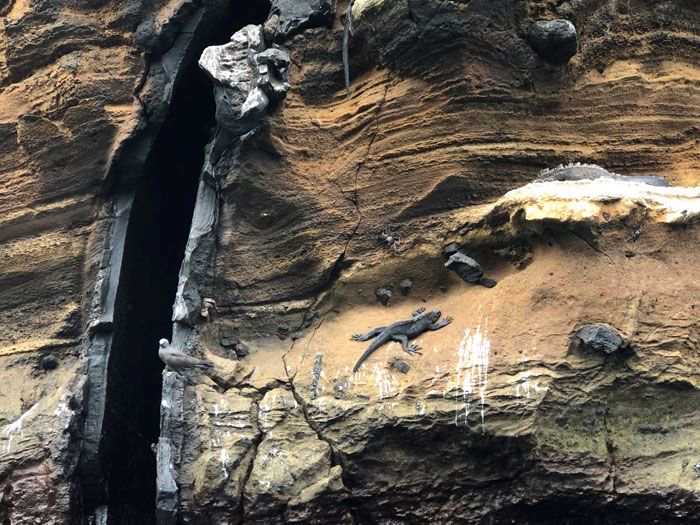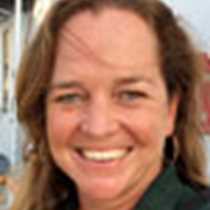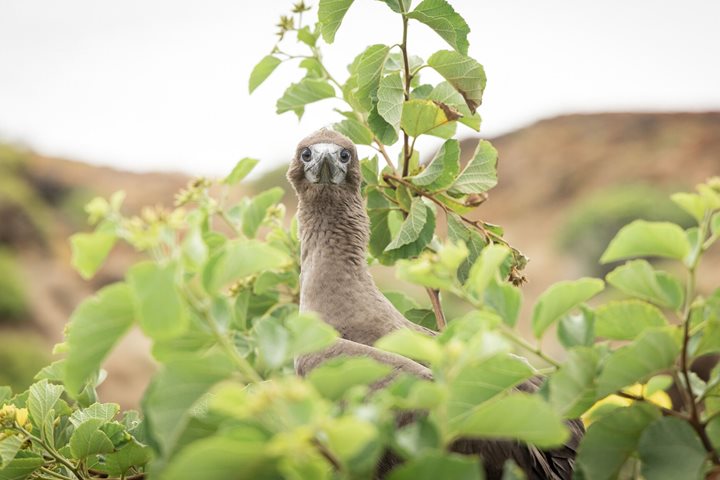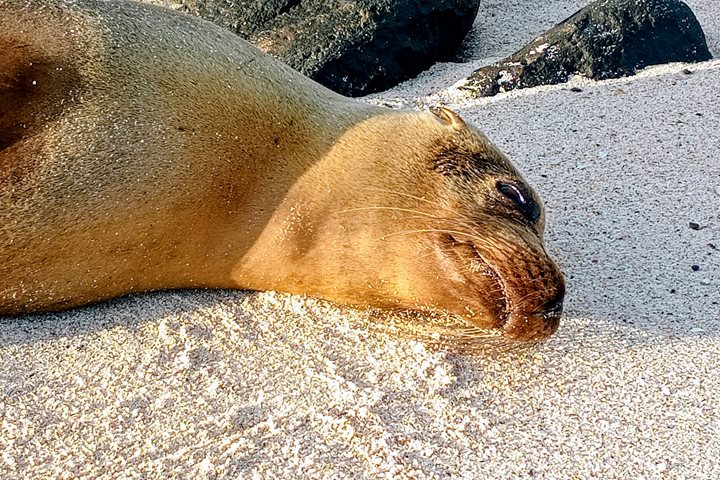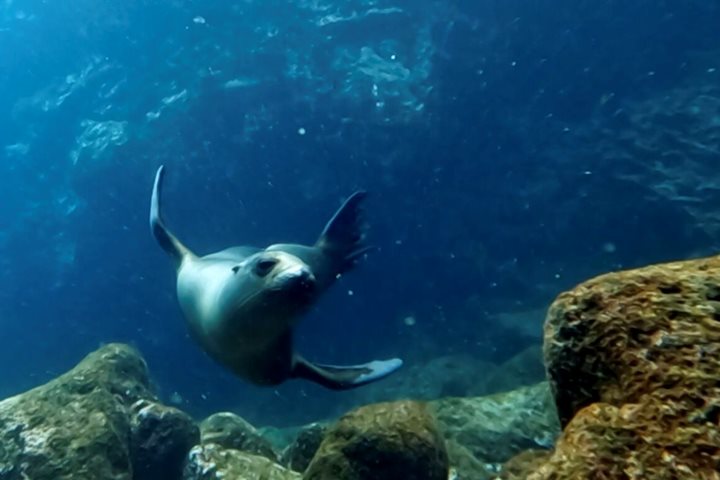Overnight we sailed over 80 nautical miles, to get to the most mysterious and fascinating part of the Galapagos Archipelago, the geologically young western islands. Still actively being fed by the Galapagos mantle plume, signs of their young age are everywhere as we hike over lava flows and cruise along volcanic structures of different origins. Situated at the edge of the Galapagos Platform, this area is also where the cold, productive waters of the Equatorial Undercurrent upwell, bringing an abundance of marine life to the area, much of which was seen during our sailing, Zodiac riding and snorkeling activities.
- Daily Expedition Reports
- 03 Aug 2021
Isabela Island and Fernandina Island , 8/3/2021, National Geographic Islander
- Aboard the National Geographic Islander
- Galápagos
Emma Ridley, Expedition Leader
Born of a Scottish father and English mother, Emma enjoyed an international upbringing because of her father’s job as a foreign correspondent. Although her family eventually settled in Rome, Emma's schooling was conducted in French, having started he...
Read MoreLiza Diaz Lalova, Videographer
Liza fell in love with the ocean as a child growing up on the Ecuadorian coast. Her passion for storytelling and photography began at the age of seven, when she began filming her friends as they recreated stories from her parents' library. Liza later...
Read MoreShare Report
Galápagos Escape: An 8-Day Voyage
VIEW ITINERARYRelated Reports
6/23/2025
Read
National Geographic Islander II
Española Island
Today we visited Española Island, the southernmost—and one of the most spectacular—of all the Galápagos Islands. Known for its unique wildlife and dramatic landscapes, Española offered us a day full of unforgettable encounters. In the morning, we landed at Gardner Bay, where a long stretch of white coral sand welcomed us. Galápagos sea lions lounged along the shore, completely unfazed by our presence. Offshore, we snorkeled in the clear waters among colorful reef fish and Pacific green sea turtles. Playful sea lions swirled around us like underwater acrobats. In the afternoon, we explored Punta Suárez, one of the best wildlife viewing sites in the entire archipelago. The trail led us through colonies of Nazca boobies and blue-footed boobies, some engaged in nesting or courtship dances. We also witnessed waved albatrosses, many sitting on eggs or gliding in the wind above the cliffs. The highlight for many was watching a pair of albatrosses perform their elaborate, synchronized courtship ritual, full of beak clacking and head swaying. As we approached the cliff’s edge, we were treated to the dramatic sight of waves crashing against the rocks and the famous blowhole, which sent bursts of water high into the air. With seabirds soaring overhead and marine iguanas sunbathing in every direction, the magic of Española was on full display.
6/22/2025
Read
National Geographic Islander II
Floreana Island
Today the guests of National Geographic Islander II had a chance to snorkel at Champion Islet, just off Floreana Island. It was a breathtaking expedition to one of the most vibrant marine ecosystems in the Galapagos. As soon as we slipped into the water, we were greeted by schools of colorful fish and playful Galapagos sea lions.

